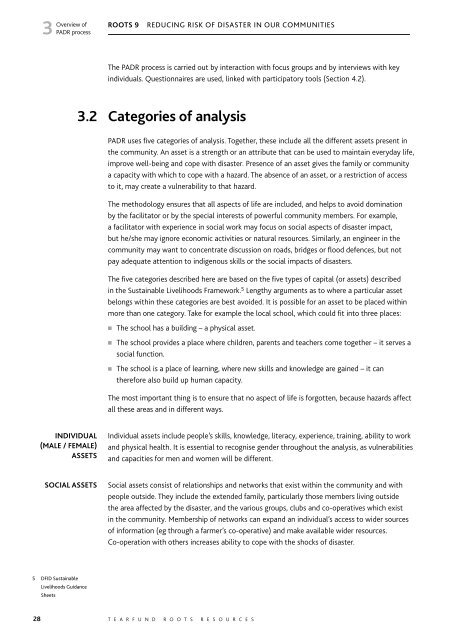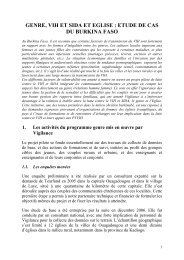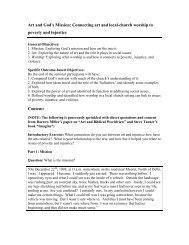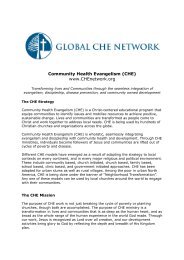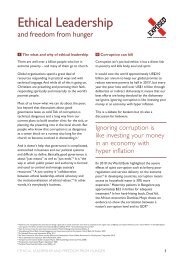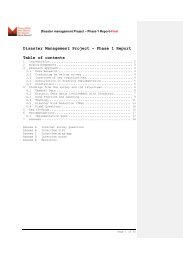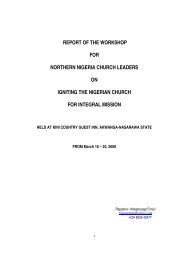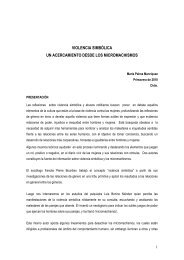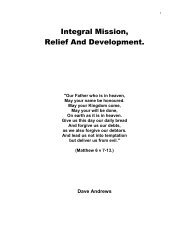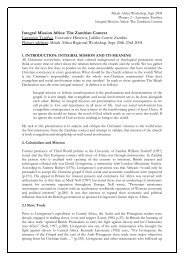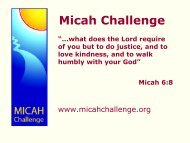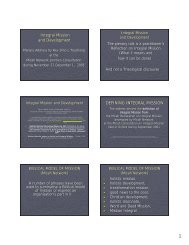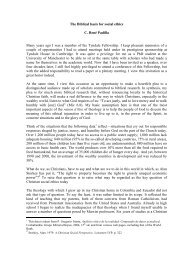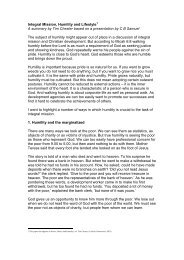Download - Micah Network
Download - Micah Network
Download - Micah Network
- No tags were found...
You also want an ePaper? Increase the reach of your titles
YUMPU automatically turns print PDFs into web optimized ePapers that Google loves.
Overview of3 PADR processROOTS 9REDUCING RISK OF DISASTER IN OUR COMMUNITIESThe PADR process is carried out by interaction with focus groups and by interviews with keyindividuals. Questionnaires are used, linked with participatory tools (Section 4.2).3.2 Categories of analysisPADR uses five categories of analysis. Together, these include all the different assets present inthe community. An asset is a strength or an attribute that can be used to maintain everyday life,improve well-being and cope with disaster. Presence of an asset gives the family or communitya capacity with which to cope with a hazard. The absence of an asset, or a restriction of accessto it, may create a vulnerability to that hazard.The methodology ensures that all aspects of life are included, and helps to avoid dominationby the facilitator or by the special interests of powerful community members. For example,a facilitator with experience in social work may focus on social aspects of disaster impact,but he/she may ignore economic activities or natural resources. Similarly, an engineer in thecommunity may want to concentrate discussion on roads, bridges or flood defences, but notpay adequate attention to indigenous skills or the social impacts of disasters.The five categories described here are based on the five types of capital (or assets) describedin the Sustainable Livelihoods Framework. 5 Lengthy arguments as to where a particular assetbelongs within these categories are best avoided. It is possible for an asset to be placed withinmore than one category. Take for example the local school, which could fit into three places:■ The school has a building – a physical asset.■ The school provides a place where children, parents and teachers come together – it serves asocial function.■ The school is a place of learning, where new skills and knowledge are gained – it cantherefore also build up human capacity.The most important thing is to ensure that no aspect of life is forgotten, because hazards affectall these areas and in different ways.INDIVIDUAL(MALE / FEMALE)ASSETSIndividual assets include people’s skills, knowledge, literacy, experience, training, ability to workand physical health. It is essential to recognise gender throughout the analysis, as vulnerabilitiesand capacities for men and women will be different.SOCIAL ASSETSSocial assets consist of relationships and networks that exist within the community and withpeople outside. They include the extended family, particularly those members living outsidethe area affected by the disaster, and the various groups, clubs and co-operatives which existin the community. Membership of networks can expand an individual’s access to wider sourcesof information (eg through a farmer’s co-operative) and make available wider resources.Co-operation with others increases ability to cope with the shocks of disaster.5 DFID SustainableLivelihoods GuidanceSheets28 T E A R F U N D R O O T S R E S O U R C E S


